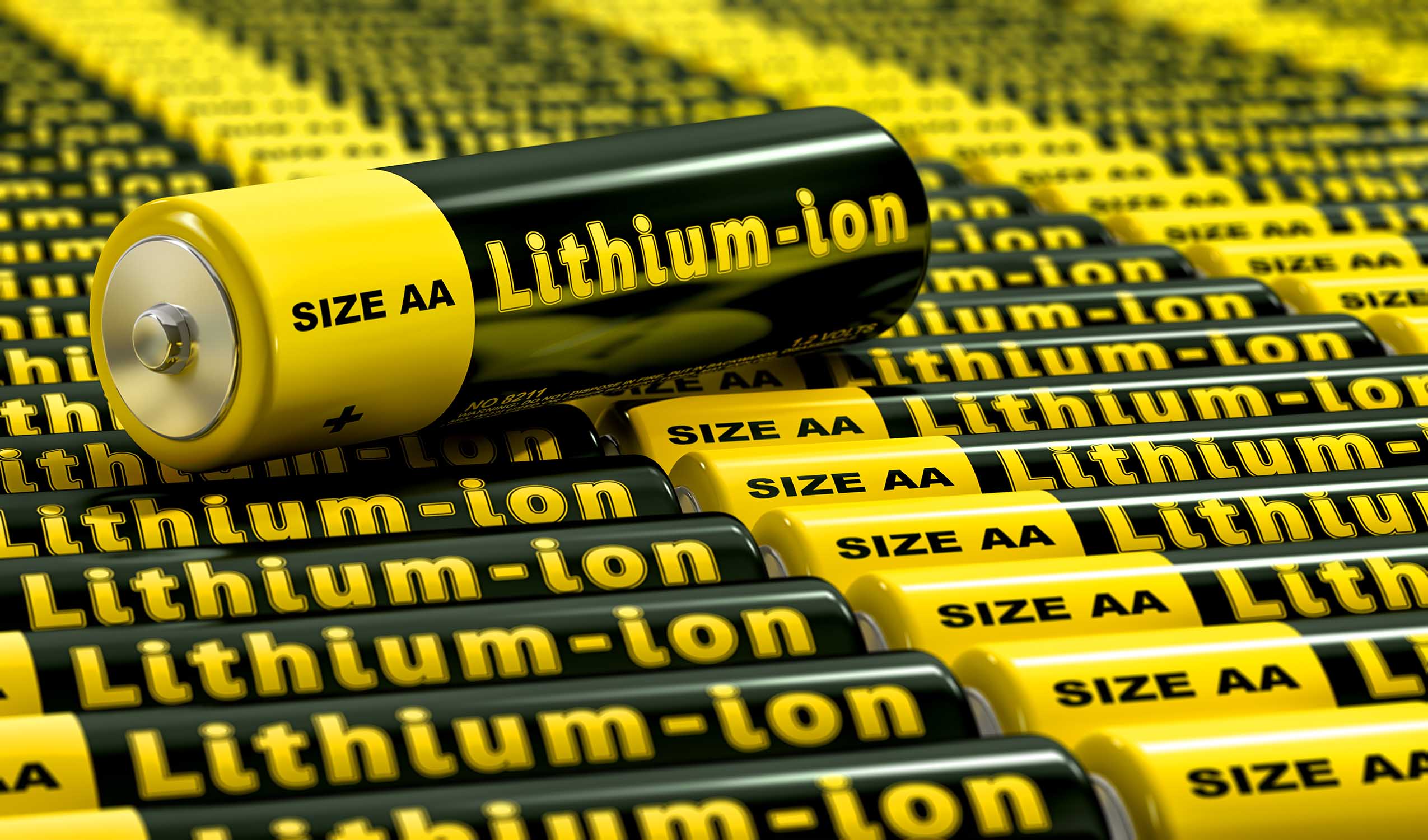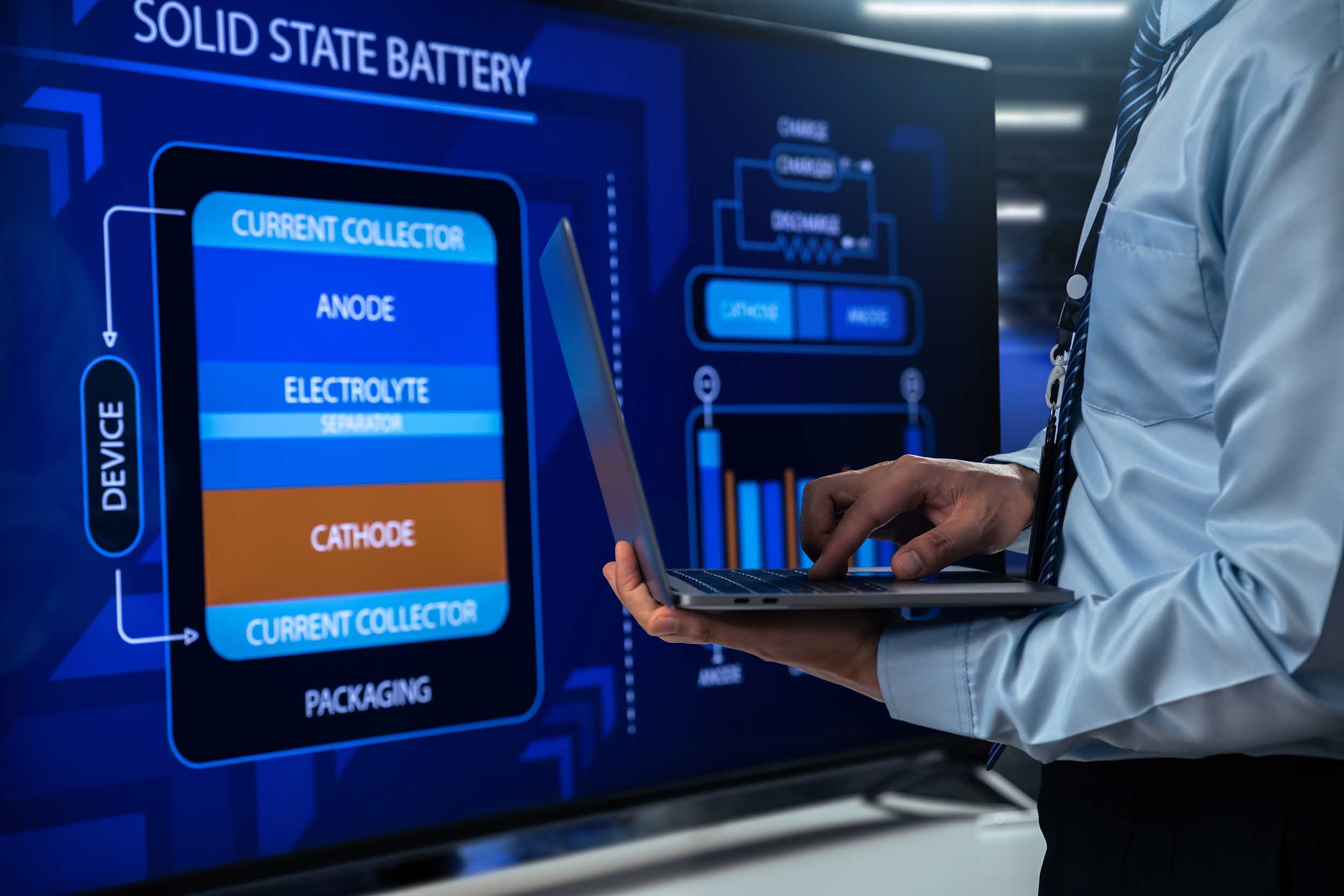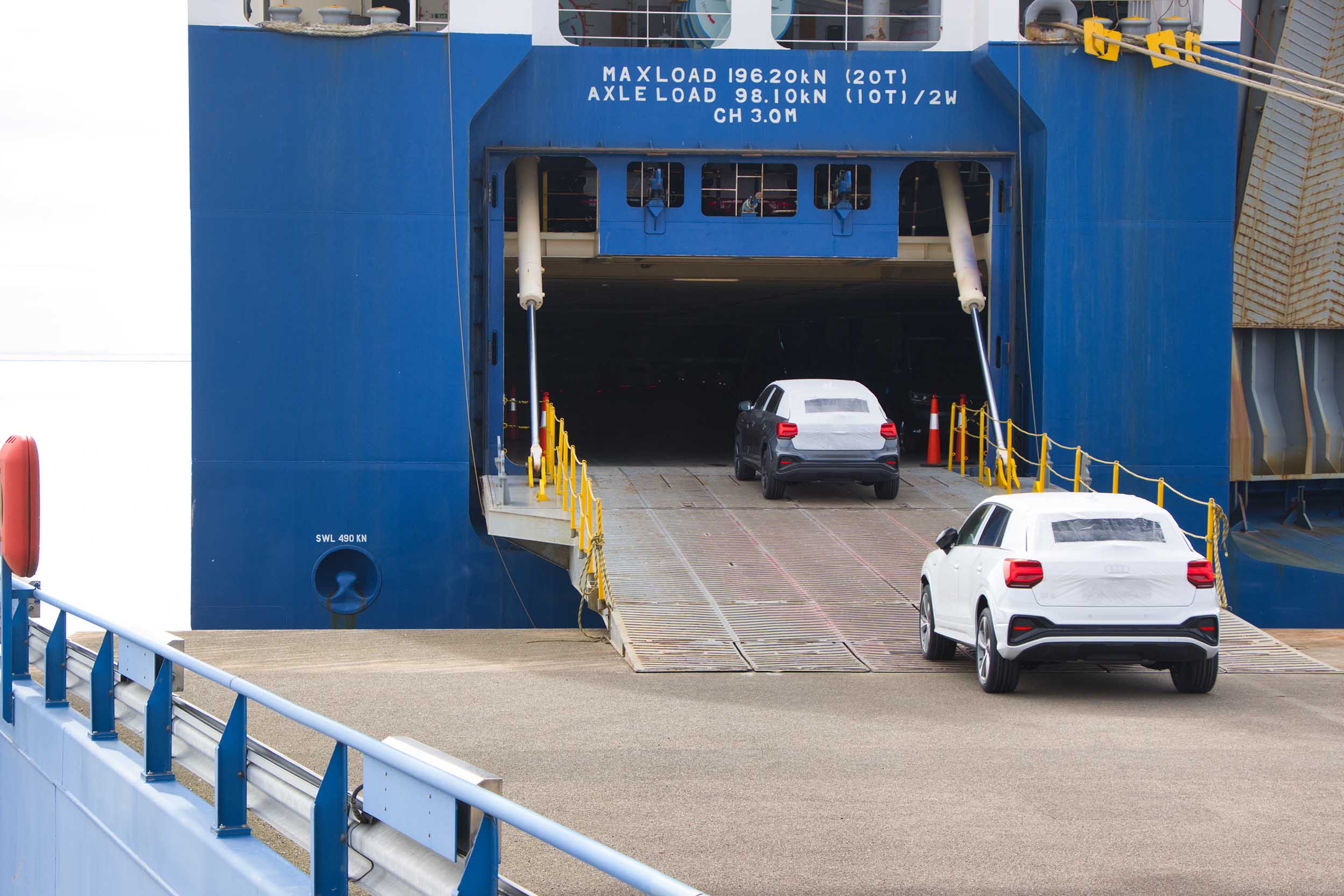Copyrights 2022/23: Lexzau, Scharbau GmbH & Co. KG, Bremen (Germany). Concept and realization vibrio | Imprint | Privacy | Cookie Settings

Lithium-ion batteries are a fire hazard. The various accident reports from recent years show this with dramatic clarity. The catastrophe of the transport ship “Felicity Age”, which sank in the North Atlantic in the spring of 2022 after a major fire off the Azores, caused an international sensation. On board were 4,000 automobiles. Some experts believe problems with lithium-ion batteries in the cargo are the cause of the fire.
Lithium-ion batteries that catch fire can reach temperatures of more than 2,700 degrees Celsius. Meanwhile, some serious fire accidents during shipping led the first ferry companies to refuse to transport electric vehicles. Large logistics companies are increasingly unsettled. Are the existing dangerous goods regulations really sufficient?
So far, there are no similarly strict regulations for the sea transport of lithium-ion batteries as for their transport by air. There, for example, the rules of the International Air Transport Association (IATA) stipulate a maximum charge level of 30 percent of the nominal capacity. Damaged lithium-ion batteries must not be transported in the air. And how is that at sea? First, however, we turn our attention to the technical sources of danger.
How can lithium-ion batteries be damaged in the first place? What forms of damage can cause problems? We can distinguish three basic types of damage:
If the housing is damaged, air may enter the battery. The oxygen then reacts with the electrolyte or with other components of the battery. Heat generation or a short circuit occurs. The biggest problem is that damage to the inside of a battery is often difficult or impossible to detect from the outside. If a vehicle was involved in an accident, although the accident damage may have been repaired. However, the battery is often not checked for damage.
The transport of old equipment in particular involves a high risk. It is possible that the devices were overcharged by using unsuitable chargers before transport. The other, opposite problem is that the devices are not sufficiently charged during transport. This is because a lithium-ion battery should never be fully discharged. The voltage should never fall below two volts.
Overcharging, like excessive discharging of the battery, can lead to decomposition of the electrolyte on the cathode surface. This increases the temperature in the battery. When overcharging, too many lithium ions are released and the cathode becomes unstable. The excess ions form dendrites at the anode and, in the worst case, a short circuit occurs. In the event of an overdischarge, a short circuit can be caused by copper ions deposited on the cathode surface. This happens when the copper current collectors oxidize because lithium ions are continuously released from the anode.
Lithium-ion batteries heat up during operation and require some cooling. If they become warmer than about 60 degrees Celsius, their thermal stability is jeopardized. The respective concrete maximum temperature depends on the chemical structure present. That is, the thermal limit may be a little below or a little above 60 degrees in individual cases. But on southern shipping routes, the ambient temperature inside a container can reach 80 degrees Celsius or more. If the containers are not sufficiently cooled, the batteries may ignite by themselves. The danger for ship and crew is high.
In the worst case, everything comes together: external damage and electrical and thermal instability. Then a disaster can develop within a very short time. When a lithium-ion battery “leaks,” toxic and highly explosive gases are produced. Even if an explosion does not occur immediately, a toxic cloud of vapor is released. The fatal thing is that it is mistaken for harmless smoke. But this steam is not water vapor, but a toxic cocktail. The substances produced include, for example
A mixture of these substances is almost impossible to fight. Of course, the smoke is especially bad when the explosion happens below deck on a ship. Permanent smoke extraction is rarely guaranteed there. The – toxic – smoke then makes firefighting considerably more difficult.
Once a lithium battery burns, it burns for a long time. The fire can last from hours to days to weeks. Particularly treacherous: the mixture can reignite at any time. Classic extinguishing agents such as foam or CO2 are ineffective. The only way to fight the fire is to immerse the burning battery in large amounts of water and smother the flames. But this requires a really very large bucket of water:
For example, it takes about 136,000 liters of water and four long hours to extinguish a motor vehicle with an electric drive. A car with an internal combustion engine that has caught fire is usually extinguished within half an hour with 10,000 to 17,000 liters of water or with considerably less extinguishing foam. However, with the e-car in firefighting water, there is a risk of electrocution due to the continued function of the battery combined with the electrical conductivity of water. Some e-vehicle manufacturers therefore advise against extinguishing a burning vehicle and recommend letting it burn out. So on a transport ship, you would have to dump a burning lithium-ion battery into the sea – as quickly as possible and before the fire could spread to other cargo. Of course, this is a hopeless undertaking on a container ship.
The extremely large quantities of water needed for unloading are available at sea, but not in the ship and not in the container. Therefore, it is important that a battery fire does not occur on the ship in the first place.

Modern batteries have built-in safety systems such as an integrated battery management system. This independently monitors the condition of the battery and records important characteristic data. These are transmitted to external measuring devices. Or there are automatic temperature controllers and chemical additives that prevent the formation of dendrites, for example.
Unfortunately, logisticians cannot rely on the existence of such technologies. So the only thing left is a thorough fire prevention. It begins, of course, with compliance with the regulations already in force today for the transport of dangerous goods.
The relevant regulations are defined in the IMDG Code for maritime transport, the IATA Code for air transport and the ADR Code for road transport. The regulations include requirements for the manufacture and testing of lithium-ion batteries, their classification and declaration of transport, packaging and storage. Here, the regulations differ in detail depending on the transport route, the quantity of goods and whether the goods are new or used. For details, please refer to the legal national requirements (for the USA and for Germany, link references can be found at the end of this article).
Many associations and politicians are currently discussing a tightening of the regulations for the transport of lithium-ion batteries by sea. Indeed, it is difficult to see why there are often stricter requirements for air transport than for maritime transport. After all, the specific hazards in maritime logistics are quite comparable. Extinguishing conditions on board a ship are similarly difficult for lithium battery fires as on board aircraft:
For this reason, for example, it is being discussed that the IATA requirement that the state of charge of batteries must not exceed 30 percent of the nominal capacity should be applied to maritime logistics. If such requirements were to be introduced, verification would also have to be regulated at the same time.
An obligation to present test certificates for lithium-ion batteries as part of the transport documents is being discussed. Logistics companies should thus obtain evidence of the safety and product characteristics of the batteries they are to transport.
Currently, there is a whole range of specifications, such as that batteries must be packaged in such a way that short circuits are avoided. But there is no provision for how this is to be accomplished in practice. This could be, for example, precise instructions on how and with what to insulate the poles. Such regulations could significantly increase the level of safety.
For the transport of defective batteries by sea, there are so far only insufficient specifications in terms of packaging and safety. Here, the regulations can and must be tightened up.
Electric vehicles transported in ro-ro ships or car ferries do not have to be classified as dangerous goods so far. As a result, ferry operators cannot set up special areas with appropriate precautions on their vessels for the transport of vehicles with fire risks. However, it would make sense, for example, that loading of such vehicles may only take place at steles with preferential monitoring and accessibility by firefighting teams.
The further electrification of our everyday lives will mean that more and more and ever more powerful batteries will have to be transported. In principle, lithium-ion batteries are safe products when used correctly and transported carefully. However, accidents in recent months have shown that scrupulous adherence to safety measures throughout the logistics chain is absolutely essential. Accidents with lithium-ion batteries can have catastrophic consequences for people and nature. Here we all – manufacturers, logistics companies and politicians – have to work on improving the framework conditions. Shipping accidents like that of the Felicity Age are preventable. And they must be avoided in the future.

The consulting company “Brookes Bell” together with the insurance companies “UK P&I Club” and “TT-Club” have published a white paper with advice on the safe transport of lithium-ion batteries(download).
The U.S. Department of Transportation has published the Lithium Battery Guide for Shippers.
ZVEI has published a fact sheet for the shipment of lithium-ion batteries and the implementation of dangerous goods regulations in German and English.
Illustrations © lightbox – stock.adobe.com, Prieshof PixEL – stock.adobe.com and kannapat – stock.adobe.com
The Leschaco Group is a global logistics service provider that combines Hanseatic tradition with cosmopolitanism and a spirit of innovation. “Experienced. Dedicated. Customized.” This is a fitting summary of the company’s philosophy: On the basis of decade-long experience teams of specialists set up customized solutions
› Sea Freight
› Air Freight
› Tank Container
› Contract Logistics
› Supply Chain Solutions
› Intermodal Transports
› Industrial Solutions
› Services
Lexzau, Scharbau GmbH & Co. KG
Kap-Horn-Straße 18
28237 Bremen
Deutschland
phone (49) 421.6101 0
fax (49) 421.6101 489
info@leschaco.com
Copyrights 2022/23: Lexzau, Scharbau GmbH & Co. KG, Bremen (Germany). Concept and realization vibrio | Imprint | Privacy | Cookie Settings